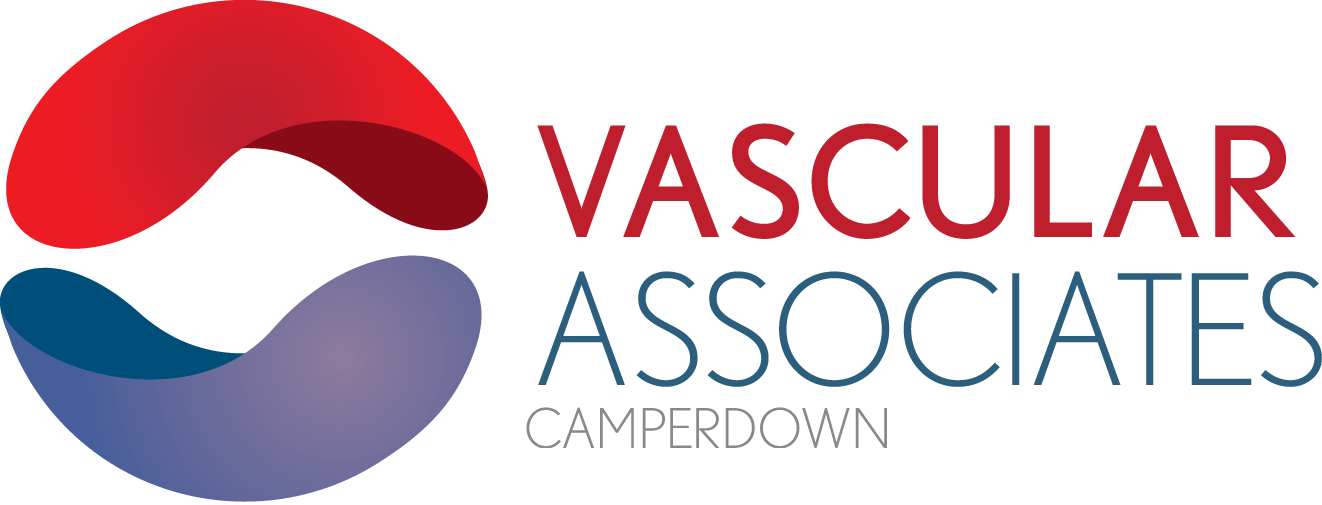Carotid Artery Disease
What is Carotid Artery Disease?
The carotid arteries are major blood vessels in the neck that supply blood to the brain, face and neck. As you get older, a fatty substance called plaque builds up inside your arteries. Too much plaque build-up in your carotid artery can narrow the vessel. This is call carotid stenosis. When this happens, small clots can form and then break off and travel to the brain, causing a minor or major stroke.
What causes Carotid Artery Disease?
Your risk of Carotid Artery Disease increases as you get older as plaque builds up inside your carotid artery. (This is the same type of plaque that forms in the heart to cause heart attacks.) Other factors like smoking, high blood pressure, high cholesterol, diabetes or heart disease can also increase your risk. In rare cases, the carotid artery may narrow due to inflammation.
What are the symptoms of Carotid Artery Disease?
Often people with Carotid Artery Disease experience no symptoms. Even if you have a severe blockage, the condition is usually found in a routine physical check-up or eye exam if your doctor detects plaque in the artery that supplies the retina. You may only discover that you have Carotid Artery Disease after you’ve already had a stroke.
Some symptoms of Carotid Artery Disease may include:
Weakness, numbness, slurred speech or facial drooping – the first sign of Carotid Artery Disease may be a stroke, mini-stroke or TIA (Transient Ischaemic Attack) symptoms.
Ringing in the ears or fainting – in rare cases, you may experience ringing in the ears or fainting due to decreased blood flow to the brain.
Neck pain is NOT a symptom of Carotid Artery Disease.
How is Carotid Artery Disease diagnosed?
Your doctor may refer you to see a vascular surgeon after a routine physical exam has picked up some changes to your carotid artery. A whistling sound coming from the carotid artery (heard by stethoscope) may indicate that plaque is building up inside the artery.
Your vascular surgeon will ask more questions about your medical history, family medical history and any symptoms, before doing some more tests. This may include scans or an angiogram to check the severity of narrowing.
How is Carotid Artery Disease treated?
It’s important to seek treatment for Carotid Artery Disease to reduce your risk of stroke (or recurrence of stroke). Your vascular surgeon will advise you on what is best suited to you, depending on the stage and severity of your condition. Recommended treatments may include:
Medication:
If the degree of narrowing is less than 50% taking medication can help slow the disease by lowering your cholesterol and blood pressure. Often a combination of medications will be prescribed.
Surgery:
If the degree of narrowing is more than 50%, you may be offered medication and surgery to manage the disease. Carotid endarterectomy or carotid angioplasty and stenting are common procedures used.
How do I prevent Carotid Artery Disease?
Staying healthy will help you prevent Carotid Artery Disease. Some specific things you can do right now to help prevent and/or slow the disease progression include:
Stop smoking – the first step for preventing (and managing) Carotid Artery Disease is to stop smoking. Your doctor can recommend programs to help you quit.
Ask about medication – ask about medications that may help control the disease by reducing your blood pressure or blood cholesterol, and make your blood less sticky.
Eat a healthy diet – following a balanced diet and eat in moderation. Reduce your salt and fat intake.
Exercise safely – keep active with regular walking to help you maintain a healthy weight.
Have More questions about Carotid Artery Disease?
If you have more questions about Carotid Artery Disease, speak to the team at Vascular Associates.
